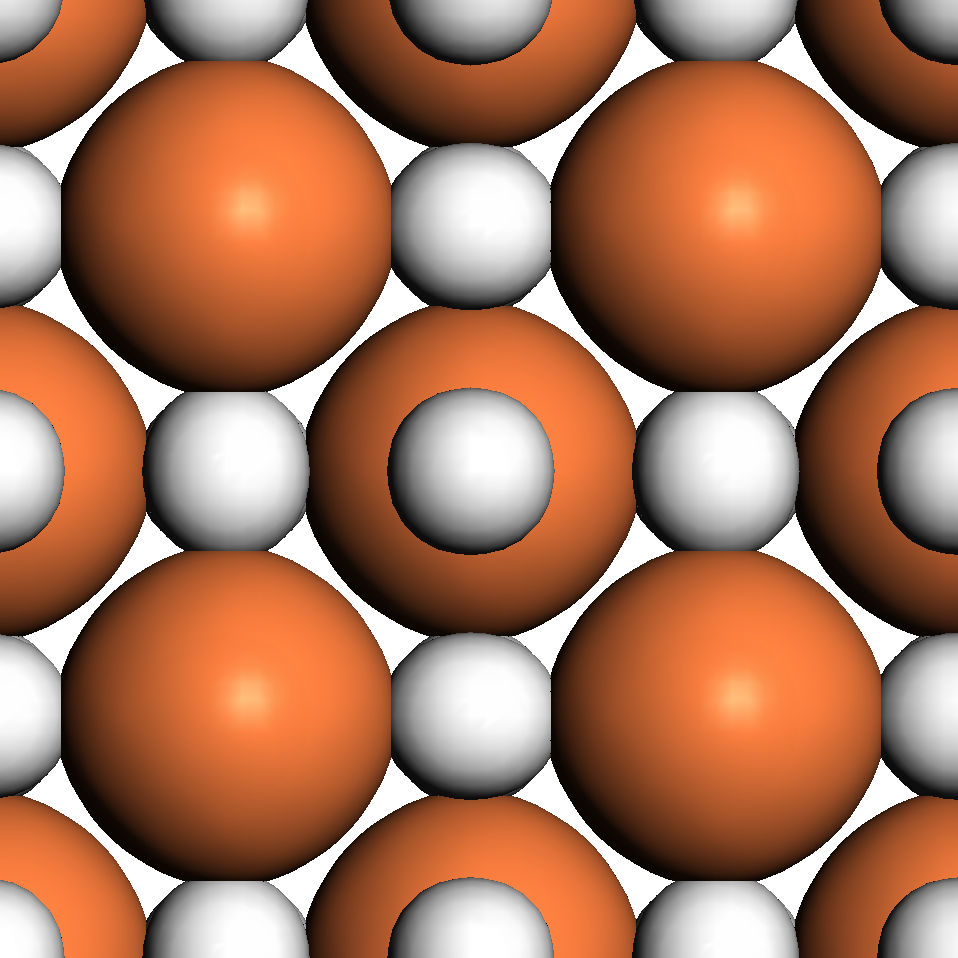An international collaboration, including the University of Cambridge, has shown that quantum mechanical effects are central to the high temperature (up to 203K, -70 degrees Celsius) superconductivity that has been measured in hydrogen sulphide under extreme compression.
Earlier results of the collaboration addressed the superconducting mechanism[1] and the structure and decomposition[2] of hydrogen sulphide under pressure. In the current article it is shown that the crystal structure that exhibits the highest temperature superconductivity is adopted a lower pressures than would be expected in a purely classical picture.
[1] "High-pressure hydrogen sulfide from first principles: a strongly anharmonic phonon-mediated superconductor", I Errea, M Calandra, CJ Pickard, J Nelson, RJ Needs, Y Li, H Liu, Y Zhang, , Yanming Ma, Francesco Mauri Physical review letters 114 (15), 157004, 2015
[2] "Dissociation products and structures of solid H2S at strong compression", Y Li, L Wang, H Liu, Y Zhang, J Hao, CJ Pickard, JR Nelson, RJ Needs, Wentao Li, Yanwei Huang, Ion Errea, Matteo Calandra, Francesco Mauri, Yanming Ma Physical Review B 93 (2), 020103, 2016
University of Cambridge news article: http://www.cam.ac.uk/research/news/quantum-effects-at-work-in-the-worlds-smelliest-superconductor
Figure: The crystal structure of H3S - the highest temperature superconductor currently known.
I. Errea, M. Calandra, C. J. Pickard, J. R. Nelson, R. J. Needs, Y. Li, H. Liu, Y. Zhang, Y. Ma and F. Mauri, "Quantum hydrogen-bond symmetrization in the superconducting hydrogen sulfide system", Nature 532, 81-84 (07 April 2016)

